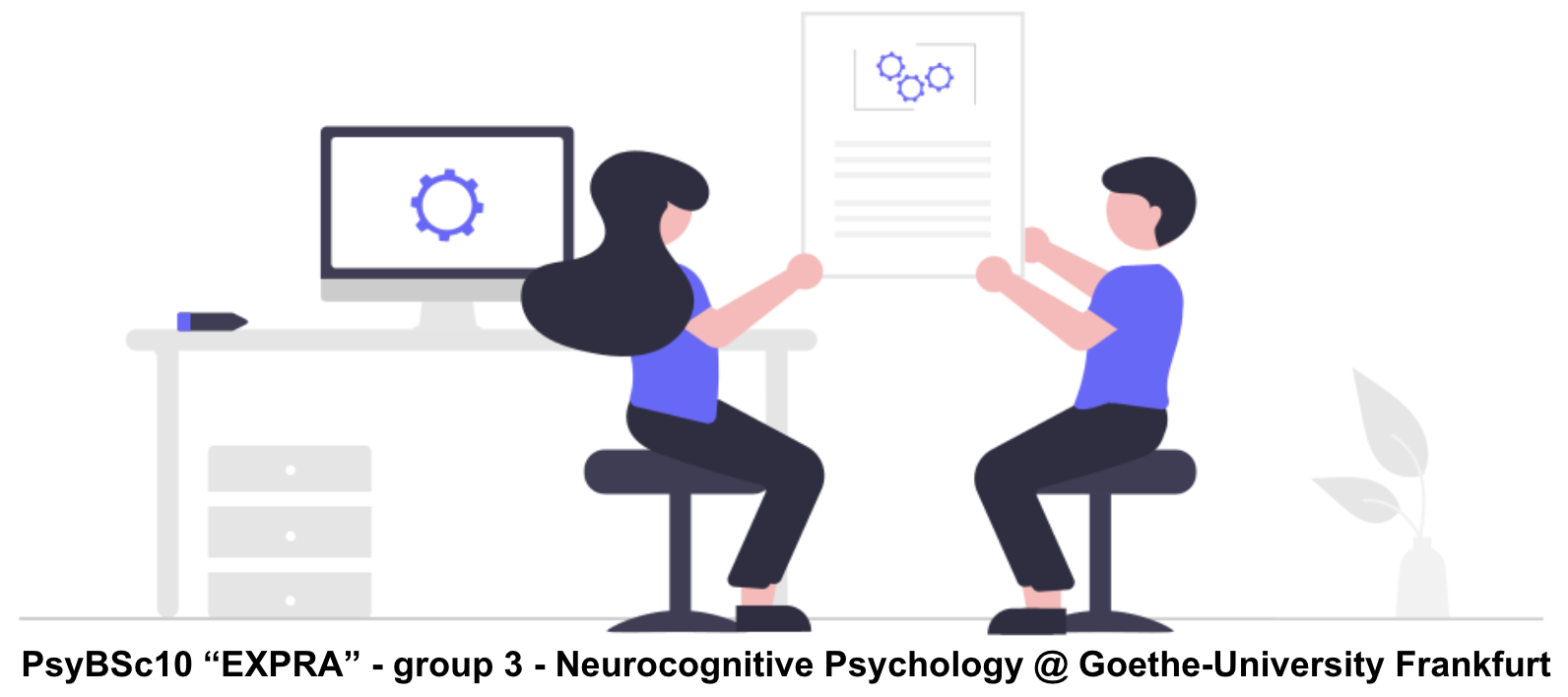Introduction V
Contents
Introduction V¶
Within the fifth session we’ll have two topics, including both theoretical and practical aspects. At first, we’ll go continue going through the basics of one of the major parts of science & academia: scientific reading and writing, specifically structuring scientific publications. Next, we’ll continue to analyze the data acquired within our demo experiment. This time, we’ll try to dig deeper into the data structures and try to gather data of interest, transforming it to a more intelligible format.
Topics 💡👨🏻🏫¶
In the following you’ll find the objectives and materials for each of the topics we’ll discuss during this session.
Scientific reading & writing II - structuring/writing publications¶
Last week we’ve explored how to find & organize scientific publications using various tools and resources and additionally discussed guidelines that can potentially enhance and strengthen your reading experience and behavior. Now it’s time to talk about the opposite: how to structure and write scientific publications. Bringing everything you’ve done during a project into the condensed form of scientific publication is by no means a trivial or unimportant task: efficiently summarizing and presenting your work in an intelligible and logic manner is key. Thus, we’ll exploring a few guidelines that can help with this process, especially structure, logic, argumentation and flow.
Objectives📍¶
Get insights on how to structure/write publications
obligatory APA
Ask and answer questions
Have a great time
tasks for subsequent meeting 🖥️✍🏽📖¶
demo project¶
You should continue to work on things related to your demo experiment report, including finding/organizing & reading publications, data management plan and pre-registration outside standard course hours.
reading¶
In preparation for our final scientific reading & writing section, please go briefly through the ten simple rules paper concerning reviewing, as well as the data management plan paper. You can find both in the course zotero library.
